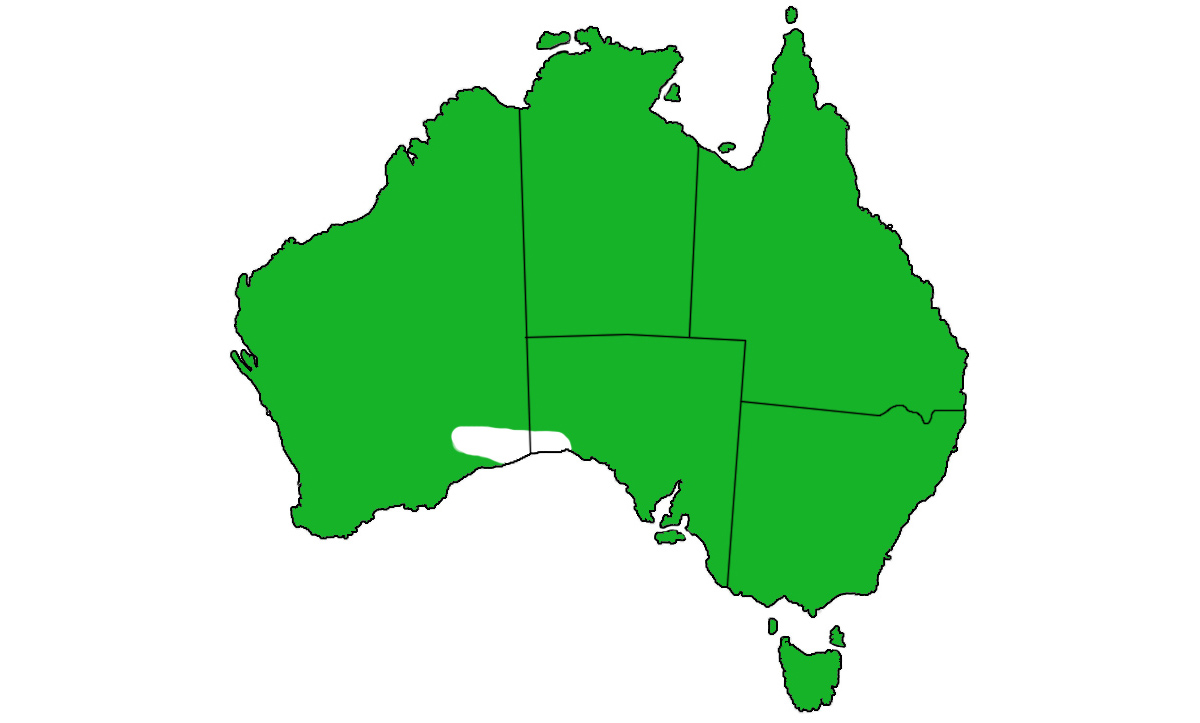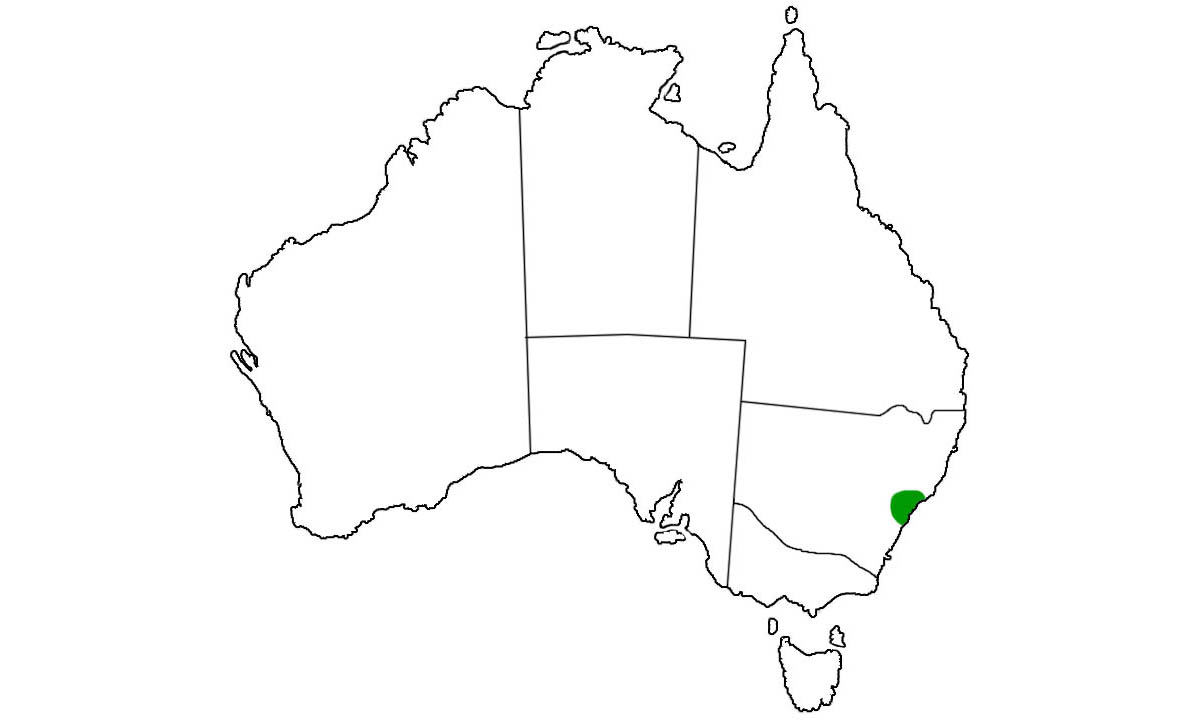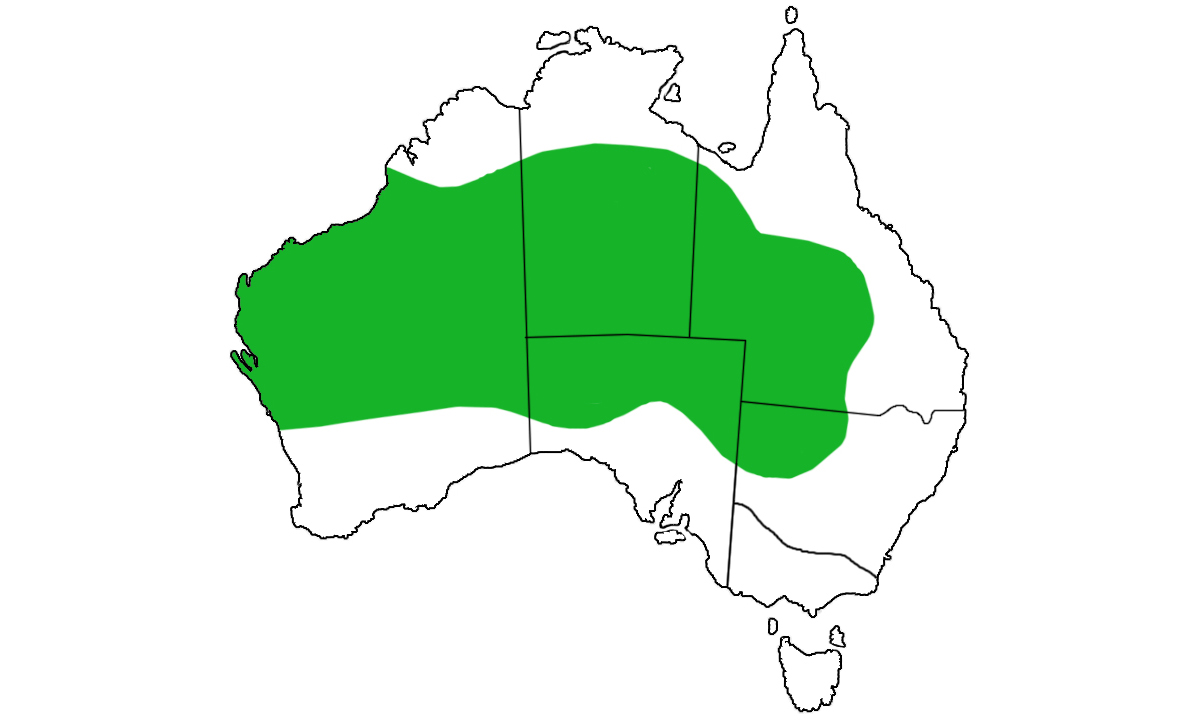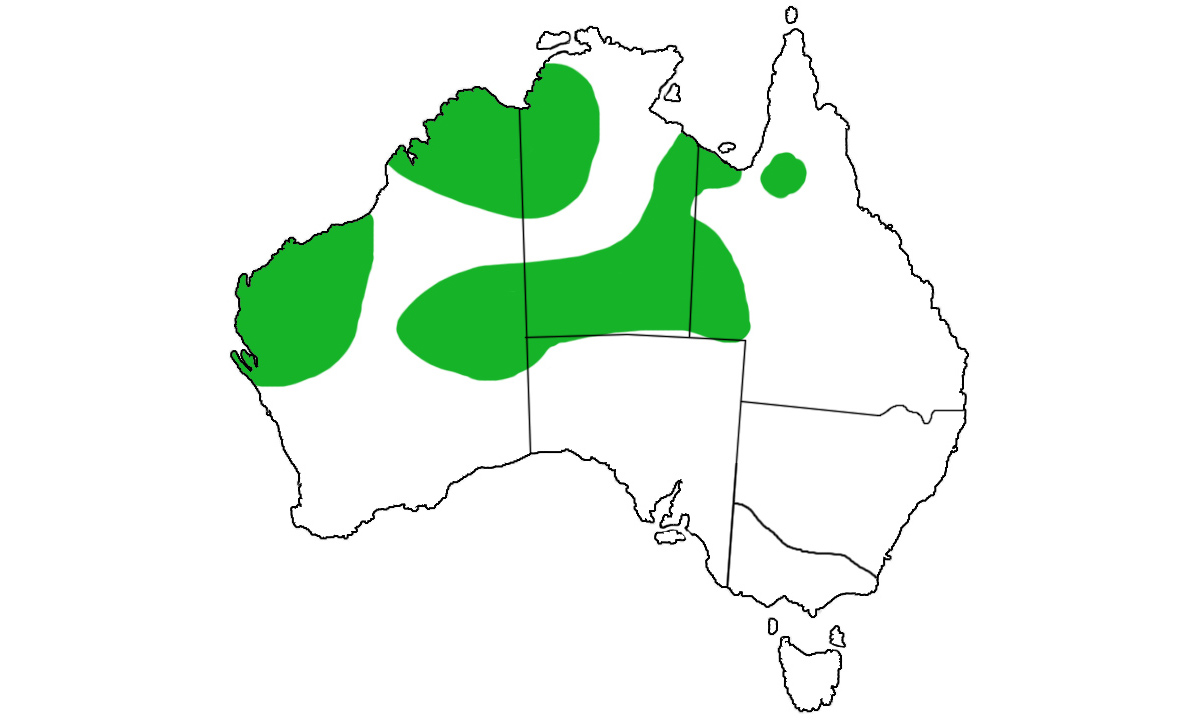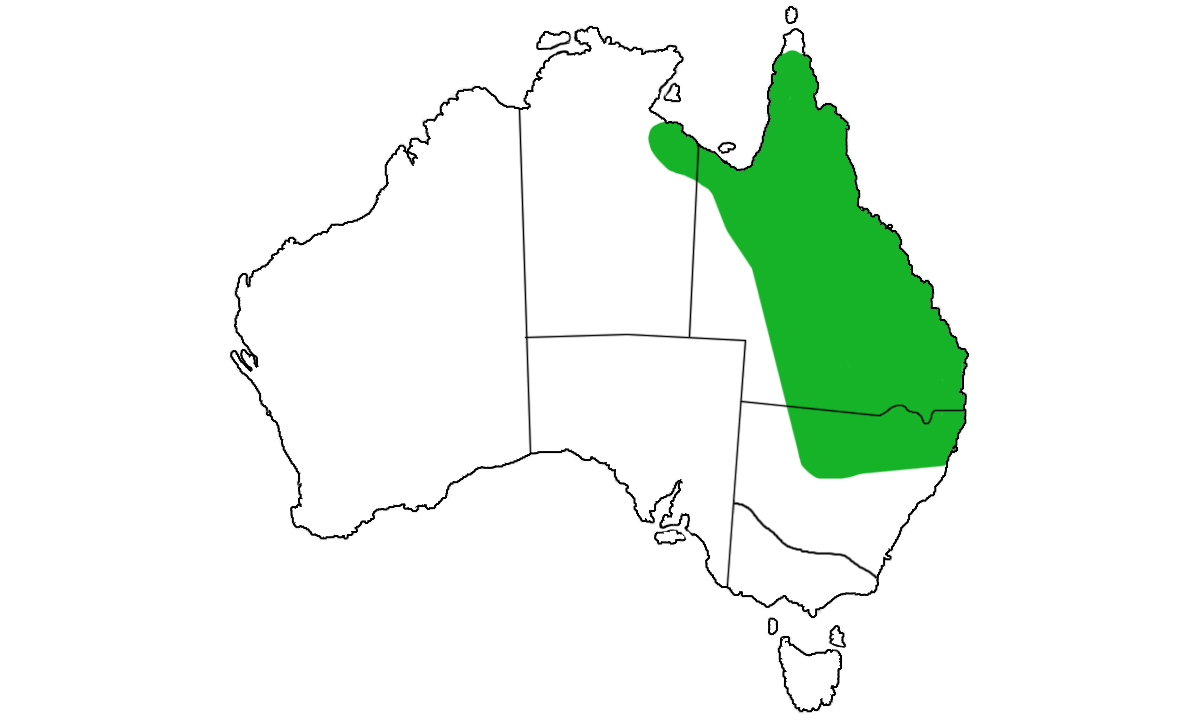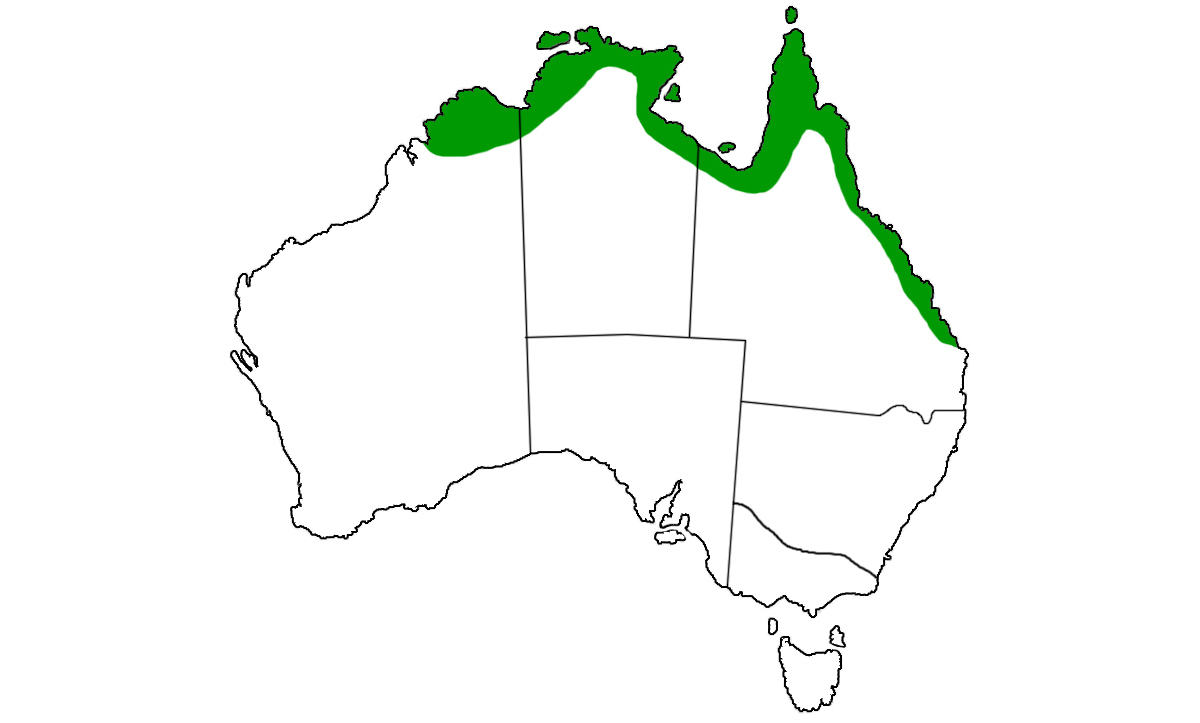Emydura subglobosa and the Painted Turtle
The bright red underside of this turtle gives it its common name. This colour fades as the animal grows, but still remains in adults as a reddish tinge. ��In Australia, painted turtles are found only in the Jardine River system at the top of the Cape York Peninsula. Because of this extremely limited distribution, the painted turtle is classed as rare in Australia. They are, however, widespread in Papua New Guinea.
The painted turtle can be found in clear rivers, lakes and lagoons, where they inhabit areas with abundant aquatic vegetation and natural basking sites with both gravel and sandy bottoms.�� As with all freshwater turtles, painted turtles spend most of their time in the water, coming out occasionally to bask in the sun or, in the case of females, to lay eggs on a river bank.�� Their diet includes fish, aquatic insects, water snails and greenery.
Did you know...
- The bright red underside of this turtle gives it its common name. This colour fades as the animal grows, but still remains in adults as a reddish tinge.
- As with all freshwater turtles, the painted turtle spends most of their time in the water, coming out occasionally to bask in the sun or, in the case of females, to lay eggs on a river bank.
- In Australia, painted turtles are found only in the Jardine River system at the top of the Cape York Peninsula. Painted turtles are classed as rare in Australia; they are, however, widespread in Papua New Guinea.
- Their diet includes fish, aquatic insects, water snails and greenery.
Where Painted Turtles can be found in Australia:
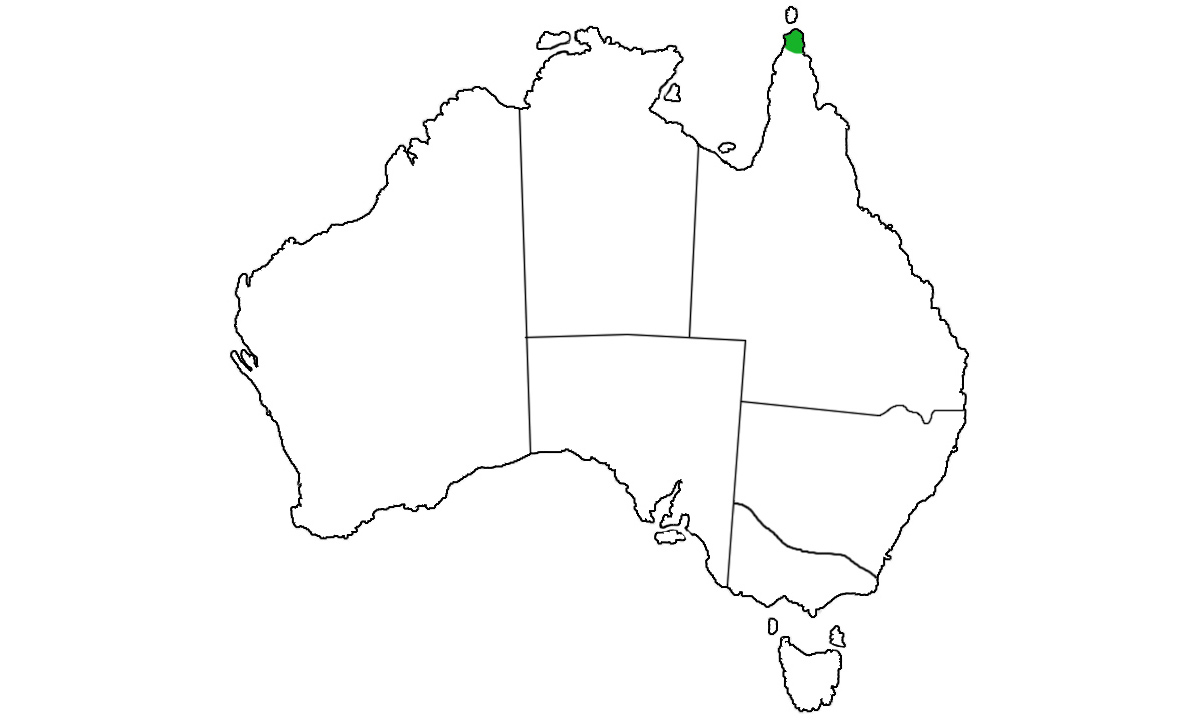
Painted Turtle







